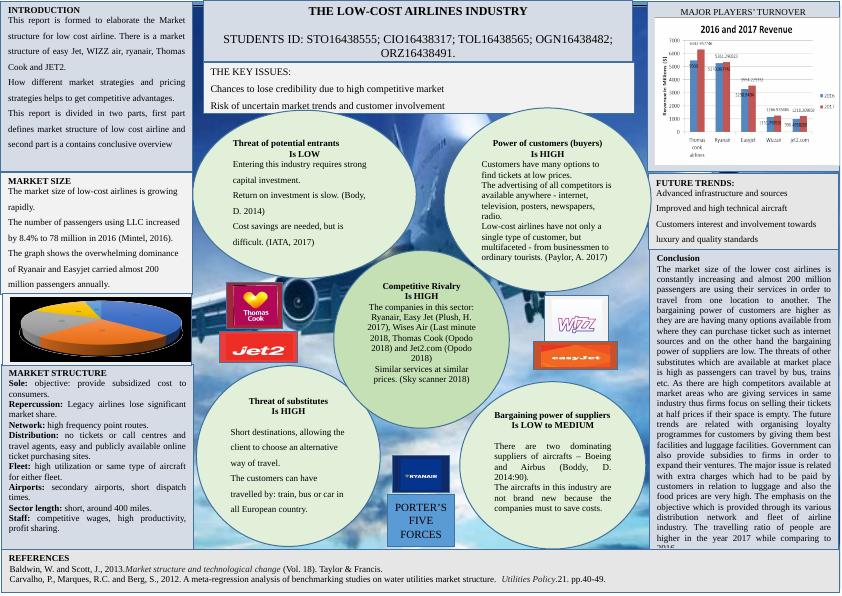Market Structure of Low-Cost Airlines
1 Pages792 Words34 Views
Added on 2023-03-22
About This Document
This report provides an overview of the market structure of low-cost airlines, including the major players in the industry, the market size, competitive rivalry, and future trends. It discusses the strategies and pricing strategies that help these airlines gain a competitive advantage. The report also highlights the key issues and challenges faced by low-cost airlines, such as the risk of losing credibility in a highly competitive market and the uncertainty of market trends and customer involvement. The report concludes with future trends in the industry, including advanced infrastructure, improved aircraft technology, and increased customer interest in luxury and quality standards.
Market Structure of Low-Cost Airlines
Added on 2023-03-22
ShareRelated Documents
End of preview
Want to access all the pages? Upload your documents or become a member.
Report on Market Structure of Low Cost Airline
|5
|684
|69
Porters Five Forces Model Analysis Essay
|1
|995
|63
Glasgow Airport Planning
|9
|1195
|76
Ryanair SWOT Analysis
|4
|789
|478
Leeds Bradford Airport 1.
|2
|337
|100
Ryanair Airline’s Low-Cost Operations Strategy PDF
|14
|3787
|223

